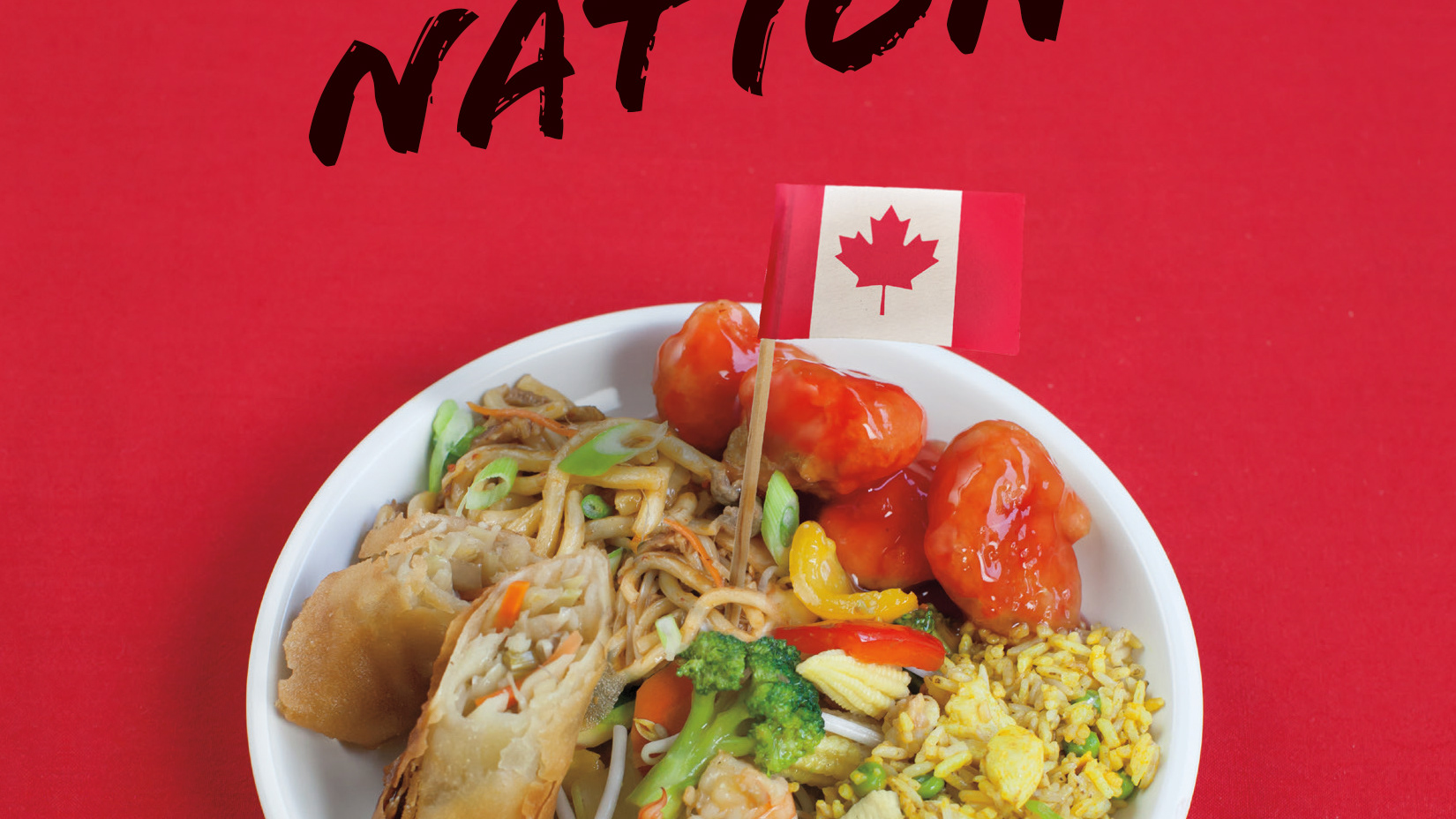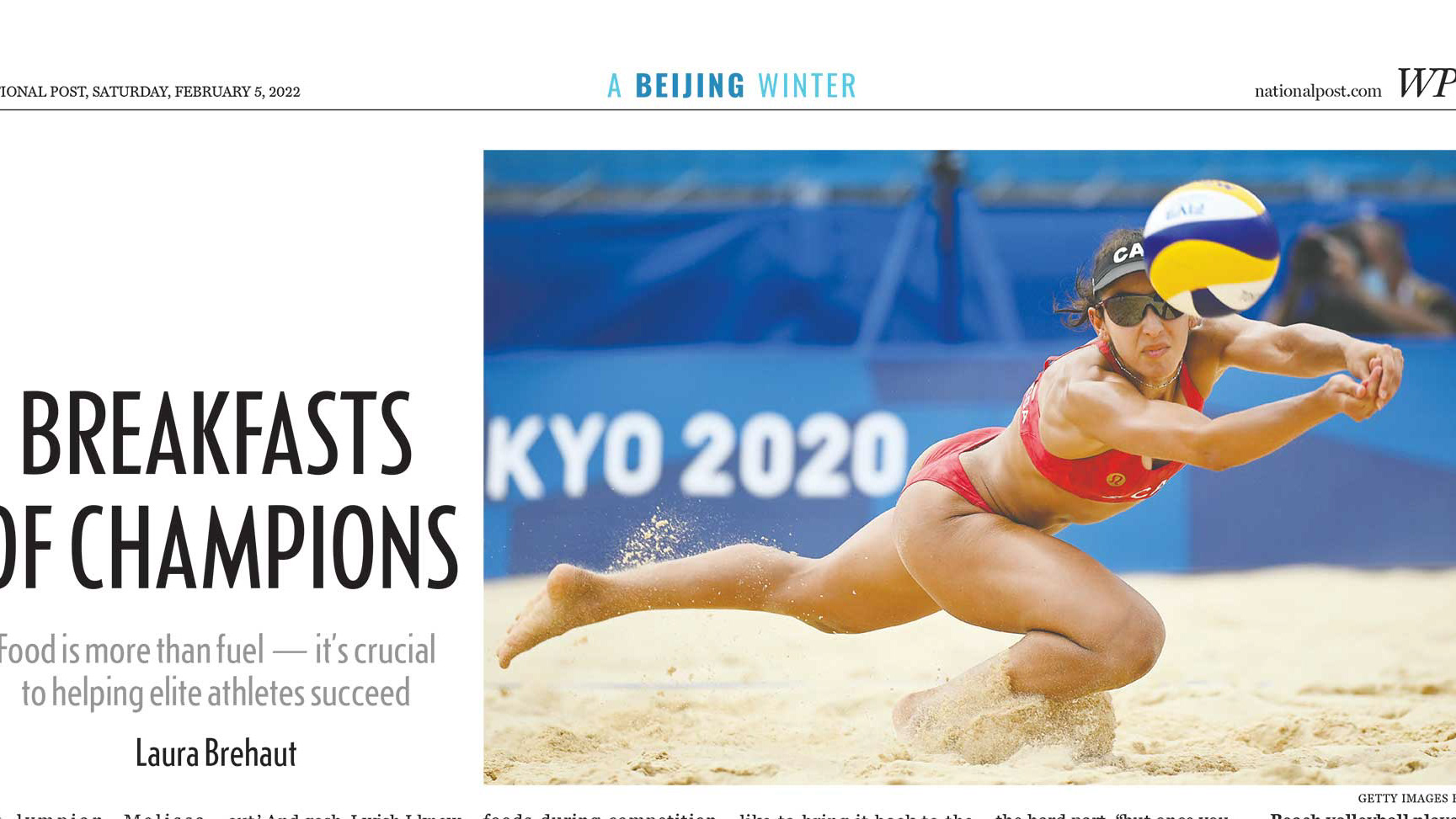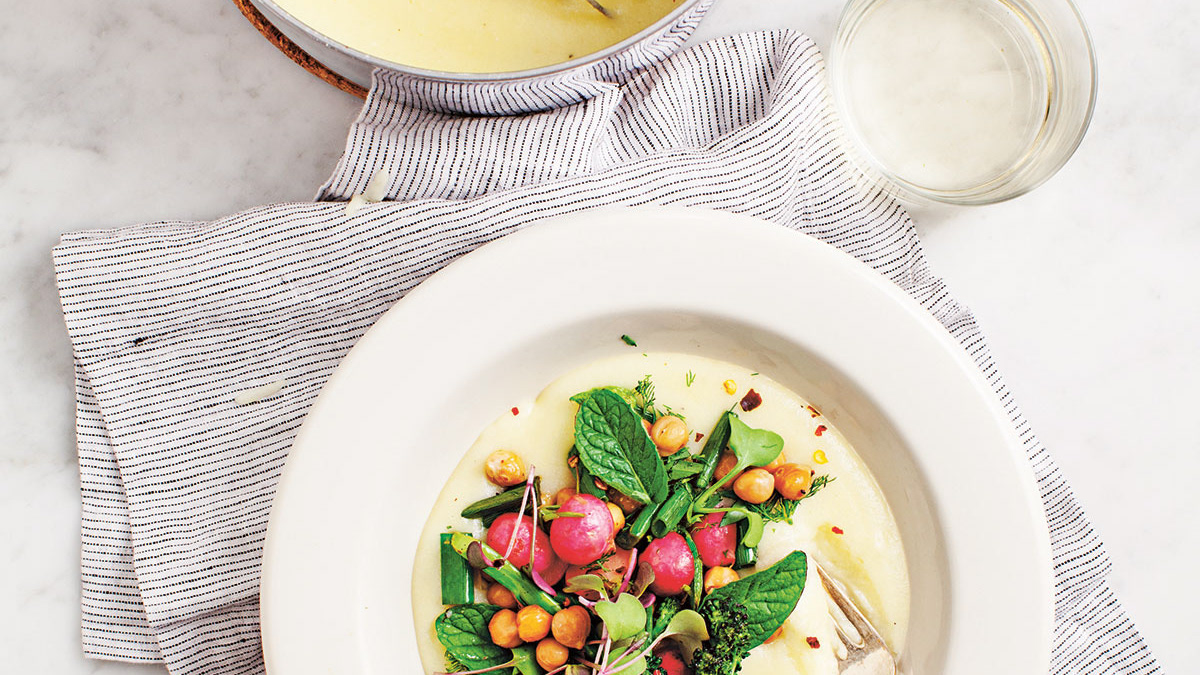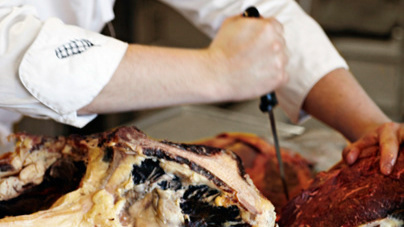PHOTO: Whitecap Books; Warm Quinoa with Beets and Swiss Chard from The Vegetarian’s Complete Quinoa Cookbook edited by Mairlyn Smith
Laura Brehaut/Postmedia News
Originally published on November 16, 2012; canada.com
Originally published on November 16, 2012; canada.com
PUBLISHED IN PRINT:
The Windsor Star: November 28, 2012; page C4
The Windsor Star: November 28, 2012; page C4
Mairlyn Smith’s latest cookbook and Taste Canada/CBC People’s Choice Award winner is for “vegetarian virgins or full-blown converts.” The Professional Home Economist (PHEc), teacher and actor jumped at the chance to put together The Vegetarian’s Complete Quinoa Cookbook (Whitecap Books, 2012) when the former publisher of Whitecap Books proposed the idea. “It was a brilliant idea because I know so many people that are eating quinoa but they’re not doing it right,” Smith says. “There are a lot of quinoa books out there but they don’t address vegetarianism.”
Quinoa is of particular interest to vegetarians due to the fact that the seed and “pseudo cereal” (not a grain but eaten and cooked like one) is a complete protein. However, Smith stresses that this does not mean that it’s a high source of protein. “I have a lot of vegetarian friends and that’s all they’ve been eating since they discovered it,” Smith says. “I’m like, ‘You’re not getting enough protein!’ You’ve got to either pair it up or mash it up or do something. But three grams of protein in half a cup is not a lot. It’s high quality, it’s just not high.”
The book includes more than 120 vegetarian recipes, each of which contains less than 500 calories. 58 home economists from the Ontario Home Economics Association, including Smith, contributed the recipes, which fall into eight chapters: Breakfast, Quickbreads and Yeast Breads, Soups, Salads, Side Dishes, Main Dishes, Baked Goodies and Desserts. Smith selected and tested all of the recipes in her Toronto kitchen with the help of Ryerson University students. “For me, part of the book was mentoring too. Being a home economist is the coolest thing I do as far as my career is concerned and I wanted to pass that on to other kids,” Smith says. “To get the students involved was a neat way for me to mentor them at the same time. It was very rewarding actually. There are several now that have made different career choices as a result of that so I’m like, ‘Yay!’”
Having students test the recipes also provided valuable insight into the different skill levels of home cooks. Feedback from less experienced testers meant that Smith could learn from their mistakes and tweak the recipes accordingly in order to make them fool-proof. There were casualties however – one of her Calphalon pots barely survived the testing process. “They burnt all my quinoa. They burnt it all and that’s why, in the Introduction of the book, there’s a thing on different size pots because it occurred to me that I would know what size pot to use but maybe someone else wouldn’t,” Smith says. “I’d [use student testers] again in a minute. Maybe not in my house… I’m pretty sure not in my house,” she laughs.
One of Smith’s goals with the book was to showcase the versatility of quinoa. Many home cooks are comfortable using it in side dishes, salads, or as an accompaniment in place of rice or couscous, but less so in baking or desserts. For those new to baking with quinoa, Smith recommends trying cookies such as Gingersnaps or Quinoameal Raisin Cookies, or the Brownie Bites for instant results. She’s been on a quest to develop healthy two-bite brownies and her Triple-Chocolate Brownie Cookies from Healthy Starts Here! (Whitecap 2011) come pretty close. Smith admits she did feel a twinge of jealousy when she tested and tasted Wendi Hiebert’s Brownie Bites submission, “My cookie is really good – I’ll totally agree with you on that but she came up with this. It uses quinoa flour, natural cocoa powder, baking powder, eggs, sugar, oil and it’s GOOD!” Smith says. “It rocked my world and I went, ‘Shut up! I tried it like this!’ but it might be the quinoa flour, I don’t know what did it. But it’s a great recipe.”
15 recipes in the book are gluten free, and many more could be made gluten free by using gluten-free versions of ingredients such as baking powder and soy sauce. Tips on gluten free are included in the Introduction and icons appear beside the relevant recipes. All recipes are also labelled by season or year-round, depending on the seasonality of ingredients, and include a full nutritional profile.
As with Smith’s previous four books, she endeavours to equip readers with the knowledge to make healthier food choices. “I think if anything I’ve gotten softer as I’ve gotten older. I used to be very staunch and, ‘You have to do it my way or you’re going to die.’ But I think that a softer approach with a sense of humour and encouragement is a much better way to go about it,” she says. “Do your best but you need to have some ground information before you can even attempt to do that, which is why I hope people read the Introduction. I hope that they learn something because it’s from a state of knowledge that you can make better decisions. That’s all you hope for, you know. Just try your best.”









